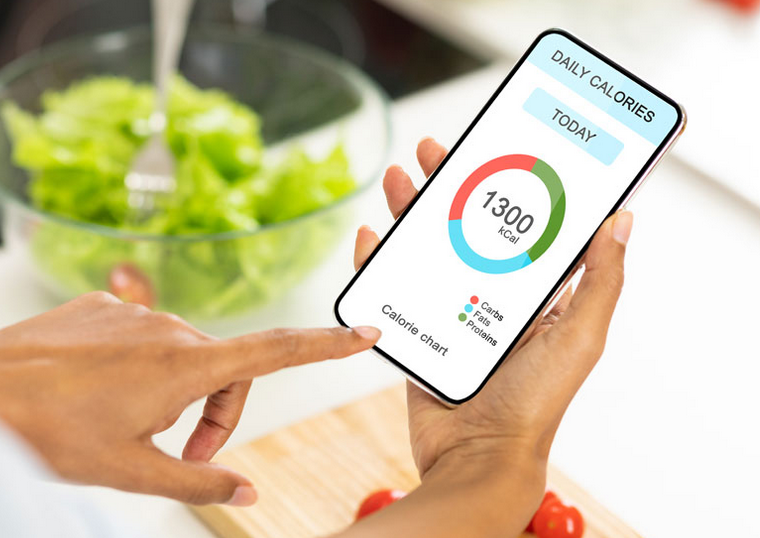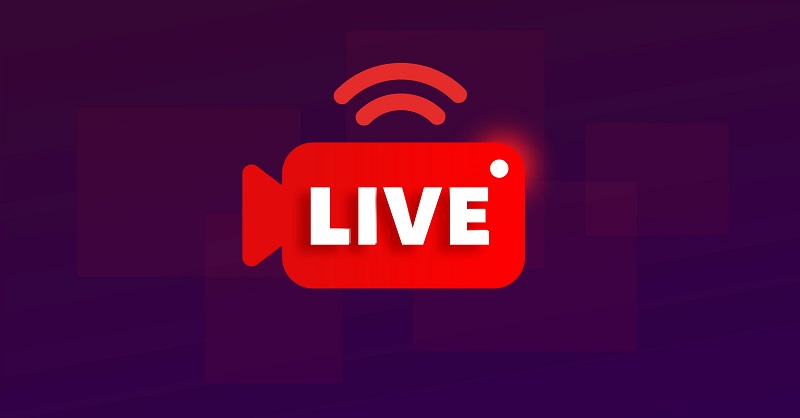Introduction to Diet Apps
In recent years, diet apps have surged in popularity as more individuals become health-conscious and seek convenient methods for managing their dietary habits. These applications serve as supportive tools, helping users monitor their calorie intake, track nutritional values, and adhere to specific dietary requirements. With the rise of technology, people can now rely on their smartphones or devices to streamline their health goals, making dietary management more accessible than ever before.
One of the primary benefits of utilizing diet apps is their ability to provide users with real-time feedback about their eating habits. By logging meals and snacks, individuals can gain insights into calorie consumption and nutritional balance, fostering more mindful eating behaviors. Many of these applications offer a database of various foods, enabling users to make informed choices about their diets. This level of awareness can significantly contribute to achieving weight loss goals, muscle gain, or simply maintaining a healthy lifestyle.
Moreover, these apps cater to a diverse range of dietary needs. Whether one follows a specific diet, such as ketogenic, paleo, or vegan, there are tailored options available that allow users to adhere to their unique nutritional requirements. Some apps even come equipped with features that suggest meal plans or provide recipes aligned with personal health objectives. This customization enhances user experience, ensuring that individuals remain motivated to pursue their dietary goals.
Incorporating technology into dietary practices provides a level of interactivity and engagement that traditional methods often lack. For those looking to improve their eating habits or manage their weight effectively, diet apps offer a resourceful solution that aligns with the modern lifestyle. By embracing these tools, users can transform their approach to diet, gaining not only knowledge but also support in their health journeys.
Criteria for Choosing the Best Diet Apps
When selecting a diet app that aligns with personal dietary goals, several critical criteria come into play. Usability is paramount; the app should have an intuitive interface that allows users to navigate easily through its features without feeling overwhelmed. A complex design can deter users from effectively utilizing the app’s functionalities. A streamlined user experience enhances motivation and engagement, making it essential for the app to be user-friendly.
Features are another significant consideration. Different diet apps offer various functionalities such as meal tracking, calorie counting, recipe suggestions, and integration with fitness trackers. Identifying personal needs—whether it be weight loss, muscle gain, or maintaining a healthy lifestyle—can help narrow down the best choices. Additionally, the presence of educational materials within the app can provide users with valuable information to further support their dietary efforts.
Compatibility across multiple devices cannot be overlooked. Users may prefer having access to their diet app on smartphones, tablets, or desktop computers. Ensuring that the app syncs seamlessly across devices enhances convenience and accessibility, allowing users to track their progress no matter where they are.
Community support is also a vital element to consider. Many successful diet apps foster active communities where users can share experiences, tips, and encouragement. Participation in such communities can enhance motivation and accountability, making it easier to stay committed to dietary goals.
Lastly, data accuracy is crucial for achieving realistic and effective results. A reliable diet app should provide well-researched nutritional information and allow users to input tailored dietary preferences. It is wise to pay attention to user reviews, as these can give insight into the app’s actual performance and effectiveness. Participating in trial periods is also recommended to assess if the app meets individual needs adequately before making a long-term commitment.
Top 5 Diet Apps Overview
In the ever-evolving landscape of digital health, numerous diet apps have emerged, each aiming to assist individuals in achieving their nutritional goals. This section presents an overview of five noteworthy diet apps, each distinguished by unique features, user interfaces, and the dietary approaches they support.
1. MyFitnessPal
The first app, MyFitnessPal, is widely regarded for its extensive food database and user-friendly interface. It facilitates tracking caloric intake and provides comprehensive nutritional information. MyFitnessPal supports various diet plans, allowing users to set personalized goals. The basic version is free, while a premium subscription offers advanced features such as meal plans and custom reports. The pros include its vast database and community support, while some users note the learning curve associated with logging food.
2. Lose It!
Secondly, Lose It! focuses on goal tracking and calorie counting. Its visually appealing layout makes it accessible for users at any skill level. The app allows for customization of goals based on weight, height, and age. Lose It! offers both free and premium versions, with the latter including features like barcode scanning and meal recommendations. Its pros are the ease of use and robust data tracking, although it may lack certain advanced features compared to others.
3. Noom
Another strong contender is Noom, which combines technology with behavioral psychology to promote sustainable weight loss. Unlike traditional diet apps, Noom emphasizes lifestyle changes and offers personalized coaching. The app is subscription-based and encourages users through interactive lessons and community engagement. While many praise Noom for its innovative approach, some may find the monthly fee prohibitive.
4. Cronometer
Fourth in line, Cronometer appeals to health enthusiasts by providing in-depth nutritional analysis. It supports various dietary preferences, including vegan and ketogenic diets. The free version provides basic tracking, while the premium subscription unlocks additional features. Users appreciate its detailed insights, although the interface may seem complex initially.
5. WW (formerly Weight Watchers)
Lastly, WW (formerly Weight Watchers) transforms dieting into a community-centric experience by offering a points-based system for food tracking. The app promotes healthier habits through its extensive library of recipes and active user forums. WW requires a subscription, with differing plans tailored to individual needs. While many users enjoy the support network, some feel the point system may be challenging to navigate.
These five apps each provide a unique set of tools and methodologies to support diverse dietary goals. By evaluating their strengths and weaknesses, users can choose the most suitable option that aligns with their dietary aspirations and lifestyle preferences.
Conclusion: Finding the Right App for Your Needs
In the journey towards achieving a healthier lifestyle, selecting the appropriate diet app plays a significant role. Throughout this guide, we have explored five notable applications designed to support individuals in their dietary transformation. Each application offers unique features that cater to various preferences, enabling users to select one that aligns with their specific goals and requirements.
When evaluating these diet apps, it is crucial to consider how well they integrate with your personal health objectives. Whether you aim to lose weight, manage your nutritional intake, or adopt a healthier eating pattern, there is likely an app that can assist you in reaching these milestones. Furthermore, many applications provide customizable features, which allow you to tailor them to your unique dietary preferences, whether they be vegan, keto, or gluten-free.
However, it is essential to remember that while diet apps are invaluable tools in your health journey, they should not be viewed as a standalone solution. Sustainable success in achieving dietary goals often stems from adopting long-lasting healthy eating habits and lifestyle changes. Incorporating balanced nutrition, regular physical activity, and mindful eating practices into your daily routine can amplify the effectiveness of these apps and foster a more holistic approach to health and wellness.
In light of the multiple options available, we encourage you to explore various diet applications, trial them, and determine which best fits your lifestyle. By doing so, you will empower yourself to make informed decisions and increase your chances of achieving your health and fitness goals. Remember, the path to better health is a personal journey, and finding the right tools can facilitate that process.










